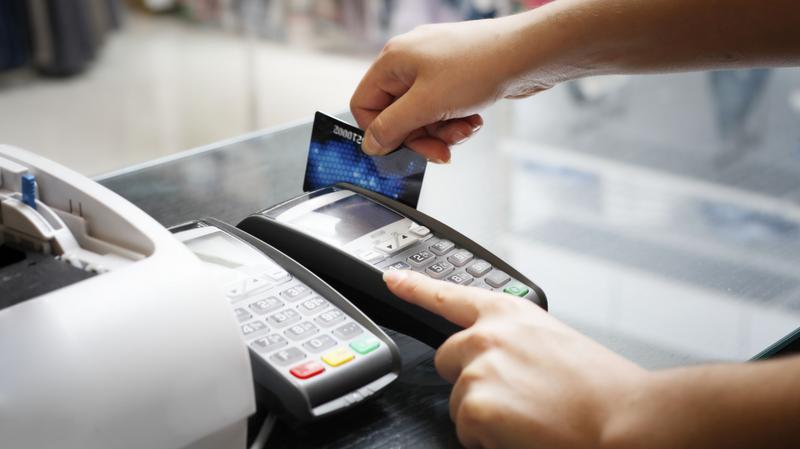
As the October deadline for EMV is fast approaching, retailers of every size need to be getting ready.
The U.S. will be the last developed country in the world to migrate from the magnetic strip card to the EMV chip card.
The EMV liability shift occurs beginning Oct. 1 for banks, credit unions and merchants. Industry experts anticipate 600 million to 800 million cards will be issued to consumers by the end of the year.
And it is anticipated that many merchants will not be ready for this conversion.
The migration to EMV holds a liability shift on card issuers and merchants.
It is not a regulatory mandate, it’s voluntary. But merchants will assume all liability for financial loss from fraudulent credit and debit card transactions should they decided not to upgrade transaction terminals to be EMV-capable.
First steps
As the October deadline is fast approaching, there is much speculation over merchants having limited knowledge over what is needed in becoming compliant. Wells Fargo/Gallup Small Business Index conducted in June 2015 found that less than 50 percent of small-business owners are aware of the coming deadline.
Here are a few tips that can help:
- If your business has not started preparing for the migration, then you’re behind! Why? Infrastructure. It is not just about plugging in the machine; it’s about coordinating your efforts with suppliers, vendors and processors. New payment options such as Apple Pay, Google Wallet and others will make it imperative that the system has been properly installed and tested. Processors are busy serving their entire clientele, which means getting appointments as October approaches will become tougher. So don’t wait.
- Understand the technology and components for the migration to EMV by making sure the conversion package comes with the NFC, which is the wireless technology working with the EMV to provide quicker transactions. EMV is expected to increase transaction times so be sure your migration package comes with both units.
- Whether an owner, senior management or C-level executive, someone needs to oversee the payment system migration, as it is complex with many moving parts. In fact, when migrating to the EMV system, choose your processor partner wisely. Don’t underestimate the need for managing the entire process.
- Security is a vital part of making this system work safely for both customer and business. So it is important to consider upgrading your payment processing system with point-to-point encryption and tokenization technology (similar to Apple Pay, Android Pay, Google Wallet and Samsung Wallet). This can enhance protection over company and customer data.
- Should you decided not to install EMV, be prepare for the hacks! Because EMV has more security and better defenses, hackers will be seeking easy prey, such as merchants that have not converted. Criminals have sophisticated communication worldwide. Once your business has been identified as an easy target, the business is in jeopardy. Understand the risk.
Many processor and payment-processing system companies believe the mid-size and smaller merchants are going to be the least prepared and are likely to have the most issues over the migration. If the decision has been made for the business to convert, make sure to start the process before the October deadline.
Brian Abner is chief economist and vice president of Market Strategies for Level5. He reviews market economics throughout the United States, resulting in business growth strategies for bank and credit union clients. Before coming to Level5, he was vice president of National Market Analysis with SouthTrust Bank, where he created market fundamental reports used to identify opportunities and risks which provided guidance over strategic banking decisions.

No comments:
Post a Comment